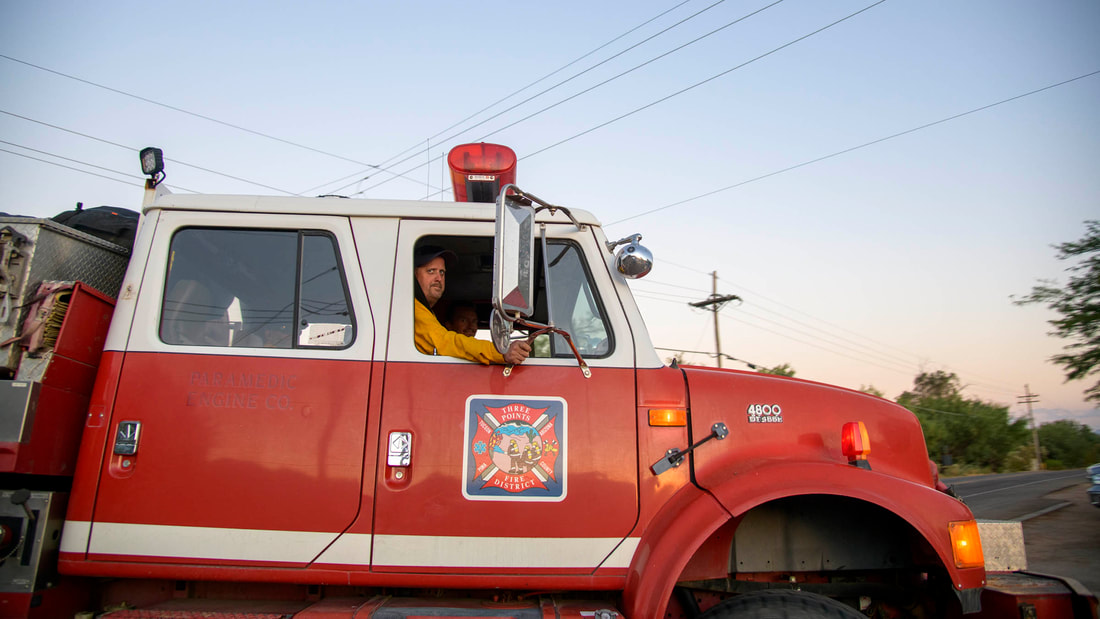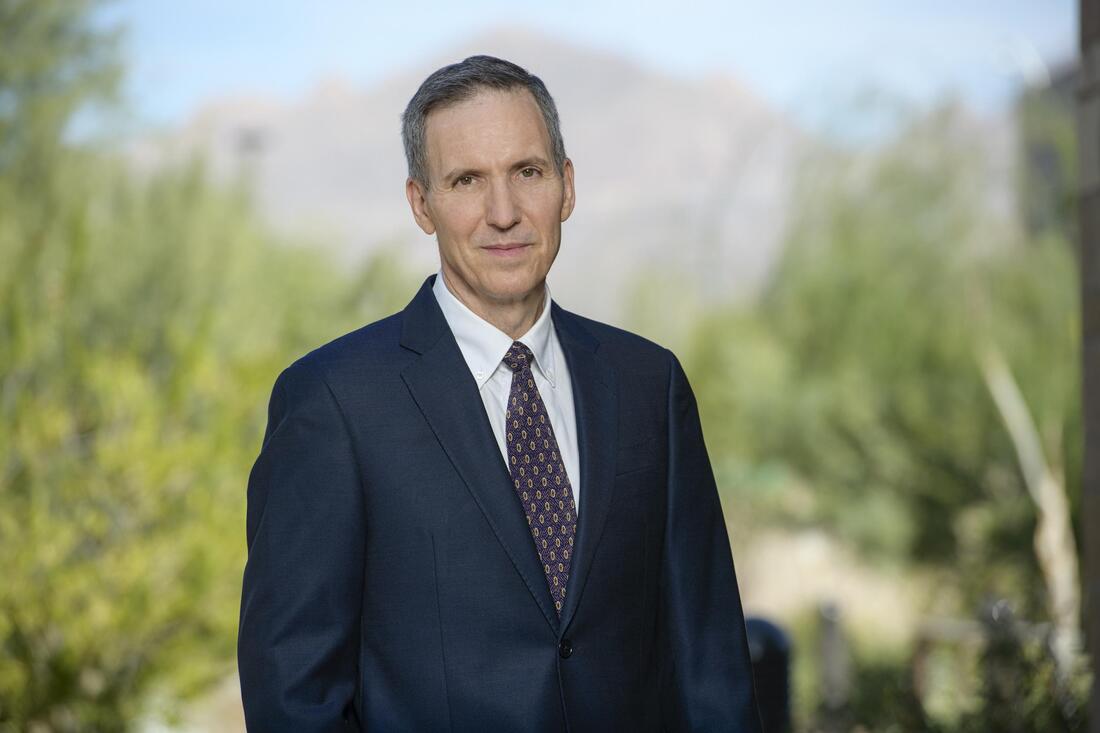- Home
- Magazines
-
Newsletters
- 19 July 2024
- 12 July 2024
- 5 July 2024
- 28 June 2024
- 14 June 2024
- 7 June 2024
- 31 May 2024
- 24 May 2024
- 17 May 2024
- 10 May 2024
- 3 May 2024
- 26 April 2024
- 19 April 2024
- 12 April 2024
- 22 March 2024
- 15 March 2024
- 8 March 2024
- 1 March 2024
- 23 February 2024
- 16 February 2024
- 9 February 2024
- 26 January 2024
- 19 January 2024
- 12 January 2024
- 22 December 2023
- 1 December 2023
- 24 November 2023
- 10 November 2023
- 3 November 2023
- 27 October 2023
- 20 October 2023
- 13 October 2023
- 6 October 2023
- 29 September 2023
- 22 September 2023
- 15 September 2023
- 8 September 2023
- 25 August 2023
- 18 August 2023
- 11 August 2023
- 4 August 2023
- 28 July 2023
- 21 July 2023
- 14 July 2023
- 7 July 2023
- 30 June 2023
- 23 June 2023
- 15 June 2023
- 2 June 2023
- 26 May 2023
- 19 May 2023
- 12 May 2023
- 5 May 2023
- 28 April 2023
- 21 April 2023
- 14 April 2023
- 6 April 2023
- 31 March 2023
- 24 March 2023
- 17 March 2023
- 10 March 2023
- 3 March 2023
- 24 February 2023
- 17 February 2023
- 10 February 2023
- 3 February 2023
- 27 January 2023
- 13 January 2023
- 22 December 2022
- 15 December 2022
- 9 December 2022
- 2 December 2022
- 25 November 2022
- 18 November 2022
- 11 November 2022
- 4 November 2022
- Advertising
- Subscribe
- Articles
-
Galleries
- AOSH Firexpo 2024
- Midvaal Fit to Fight Fire 2024
- WoF KNP 2023 Gallery
- TFA 2023 Gallery
- DMISA Conference 2023
- ETS 2023 Gallery
- Drager Fire Combat and Rescue Challenge 2023
- AOSH Firexpo 2023
- Midvaal Fit to Fight Fire
- WC IFFD 2023
- NMU 13th Fire Management Symposium 2022
- JOIFF Africa Conference 2022
- ETS 2022 Gallery
- TFA 2022 Gallery
- IFFD 2018
- SAESI
- TFA
- WRC 2018
- WRC 2019
- A-OSH/Securex
- IFE AGM 2019
- ETS Ind Fire Comp Nov 2019
- ETS Challenge 2021
- Drager launch
- Drager Fire Combat and Rescue Challenge 2022
- TFA
- Contact
- Home
- Magazines
-
Newsletters
- 19 July 2024
- 12 July 2024
- 5 July 2024
- 28 June 2024
- 14 June 2024
- 7 June 2024
- 31 May 2024
- 24 May 2024
- 17 May 2024
- 10 May 2024
- 3 May 2024
- 26 April 2024
- 19 April 2024
- 12 April 2024
- 22 March 2024
- 15 March 2024
- 8 March 2024
- 1 March 2024
- 23 February 2024
- 16 February 2024
- 9 February 2024
- 26 January 2024
- 19 January 2024
- 12 January 2024
- 22 December 2023
- 1 December 2023
- 24 November 2023
- 10 November 2023
- 3 November 2023
- 27 October 2023
- 20 October 2023
- 13 October 2023
- 6 October 2023
- 29 September 2023
- 22 September 2023
- 15 September 2023
- 8 September 2023
- 25 August 2023
- 18 August 2023
- 11 August 2023
- 4 August 2023
- 28 July 2023
- 21 July 2023
- 14 July 2023
- 7 July 2023
- 30 June 2023
- 23 June 2023
- 15 June 2023
- 2 June 2023
- 26 May 2023
- 19 May 2023
- 12 May 2023
- 5 May 2023
- 28 April 2023
- 21 April 2023
- 14 April 2023
- 6 April 2023
- 31 March 2023
- 24 March 2023
- 17 March 2023
- 10 March 2023
- 3 March 2023
- 24 February 2023
- 17 February 2023
- 10 February 2023
- 3 February 2023
- 27 January 2023
- 13 January 2023
- 22 December 2022
- 15 December 2022
- 9 December 2022
- 2 December 2022
- 25 November 2022
- 18 November 2022
- 11 November 2022
- 4 November 2022
- Advertising
- Subscribe
- Articles
-
Galleries
- AOSH Firexpo 2024
- Midvaal Fit to Fight Fire 2024
- WoF KNP 2023 Gallery
- TFA 2023 Gallery
- DMISA Conference 2023
- ETS 2023 Gallery
- Drager Fire Combat and Rescue Challenge 2023
- AOSH Firexpo 2023
- Midvaal Fit to Fight Fire
- WC IFFD 2023
- NMU 13th Fire Management Symposium 2022
- JOIFF Africa Conference 2022
- ETS 2022 Gallery
- TFA 2022 Gallery
- IFFD 2018
- SAESI
- TFA
- WRC 2018
- WRC 2019
- A-OSH/Securex
- IFE AGM 2019
- ETS Ind Fire Comp Nov 2019
- ETS Challenge 2021
- Drager launch
- Drager Fire Combat and Rescue Challenge 2022
- TFA
- Contact
|
24 March 2023
|
Study aims to reduce fire fighter cancer risk, US
A new study by researchers from the University of Arizona Health Sciences and Arizona State University in the US in collaboration with their fire service research partners will examine ways to potentially reduce the risk of cancer and cardiovascular disease among fire fighters, thanks to a $4 million Regents’ Research Grant from the Arizona Board of Regents. Earlier in 2022, occupational exposure as a fire fighter was classified as carcinogenic by the International Agency for Research on Cancer, changing from the previous classification as possibly carcinogenic. The reclassification came after studies, including several led by Jeff Burgess, MD, MS, MPH, professor in the Mel and Enid Zuckerman College of Public Health, supplied evidence that occupational exposure as a fire fighter causes cancer.
With this Regents’ Grant, researchers will test the effectiveness of blood or plasma donations in lowering levels of cancer-causing “forever chemicals, per- and polyfluoroalkyl substances or PFAS and whether lower levels of PFAS reduce the risk of cancer or cardiovascular disease. Joining Dr Burgess on this grant are Melissa Furlong, PhD, assistant professor at the Zuckerman College of Public Health, Floris Wardenaar, PhD, assistant professor of sports nutrition at Arizona State University and fire fighter research partners from fire departments across the state.
“These research questions came directly from the fire service, specifically to look at ways of preventing cancer and cardiovascular disease among firefighters,” said Dr Burgess, director of the new Centre for Firefighter Health Collaborative Research at the Zuckerman College of Public Health, where the research will take place.
Fire fighters come in contact with PFAS in many ways, including burning household items, potential contamination from personal protective equipment and fire fighter foam, which is used to put out burning liquids.
The study will build on research performed in Australia, which found that PFAS levels in the blood could be reduced if a person donated blood every 12 weeks or plasma every six weeks. Dr Burgess and the research team will first determine if fire fighters in the US will see the same benefit as those in Australia and then expand the research to see if a reduction in PFAS levels results in beneficial biological effects.
The research also builds on Dr Burgess’ prior work, which found that changes in the DNA of new fire fighters compared with veteran fire fighters. The changes occurred over the first two to three years of a fire fighter’s career and were associated with the cumulative time spent at a fire during that time period.
“We'll be using epigenetic clocks, which use DNA in blood to measure how biologically old a person’s cells are,” said Dr Burgess, whose prior research also showed that PFAS levels influence biological age. “If your cells are older than your chronological age that puts you at risk of cancer, cardiovascular disease, mortality from any cause and a number of other things like neurodegenerative diseases. We want to see if lowering PFAS levels using blood or plasma donation also reduces the biological age of the cells, which would be a reflection of a lower level of risk for these disease outcomes.”
Fire fighters from multiple departments from around the state will participate in the study, which will also test evidence-based interventions to reduce cancer and cardiovascular risk, such as exercise, intermittent fasting or dietary supplements.
“Fire fighters face unimaginable risks to save our loved ones, our homes and our communities and cancer is unfortunately one of those risks,” said ABOR Chair Lyndel Manson. “This study will help us figure out if there are ways to reduce that risk. The board is tremendously grateful for the partnership and research between the universities and firefighters to find possible solutions.”
Source: The University of Arizona
With this Regents’ Grant, researchers will test the effectiveness of blood or plasma donations in lowering levels of cancer-causing “forever chemicals, per- and polyfluoroalkyl substances or PFAS and whether lower levels of PFAS reduce the risk of cancer or cardiovascular disease. Joining Dr Burgess on this grant are Melissa Furlong, PhD, assistant professor at the Zuckerman College of Public Health, Floris Wardenaar, PhD, assistant professor of sports nutrition at Arizona State University and fire fighter research partners from fire departments across the state.
“These research questions came directly from the fire service, specifically to look at ways of preventing cancer and cardiovascular disease among firefighters,” said Dr Burgess, director of the new Centre for Firefighter Health Collaborative Research at the Zuckerman College of Public Health, where the research will take place.
Fire fighters come in contact with PFAS in many ways, including burning household items, potential contamination from personal protective equipment and fire fighter foam, which is used to put out burning liquids.
The study will build on research performed in Australia, which found that PFAS levels in the blood could be reduced if a person donated blood every 12 weeks or plasma every six weeks. Dr Burgess and the research team will first determine if fire fighters in the US will see the same benefit as those in Australia and then expand the research to see if a reduction in PFAS levels results in beneficial biological effects.
The research also builds on Dr Burgess’ prior work, which found that changes in the DNA of new fire fighters compared with veteran fire fighters. The changes occurred over the first two to three years of a fire fighter’s career and were associated with the cumulative time spent at a fire during that time period.
“We'll be using epigenetic clocks, which use DNA in blood to measure how biologically old a person’s cells are,” said Dr Burgess, whose prior research also showed that PFAS levels influence biological age. “If your cells are older than your chronological age that puts you at risk of cancer, cardiovascular disease, mortality from any cause and a number of other things like neurodegenerative diseases. We want to see if lowering PFAS levels using blood or plasma donation also reduces the biological age of the cells, which would be a reflection of a lower level of risk for these disease outcomes.”
Fire fighters from multiple departments from around the state will participate in the study, which will also test evidence-based interventions to reduce cancer and cardiovascular risk, such as exercise, intermittent fasting or dietary supplements.
“Fire fighters face unimaginable risks to save our loved ones, our homes and our communities and cancer is unfortunately one of those risks,” said ABOR Chair Lyndel Manson. “This study will help us figure out if there are ways to reduce that risk. The board is tremendously grateful for the partnership and research between the universities and firefighters to find possible solutions.”
Source: The University of Arizona
Quick navigation
Social
|
Who are we?FRI Media (Pty) Ltd is an independent publisher of technical magazines including the well-read and respected Fire and Rescue International, its weekly FRI Newsletter and the Disaster Management Journal. We also offer a complete marketing and publishing package, which include design, printing and corporate wear and gifts. |
Weekly FRI Newsletter |
© Copyright 2018 Fire and Rescue International. All Rights Reserved.






